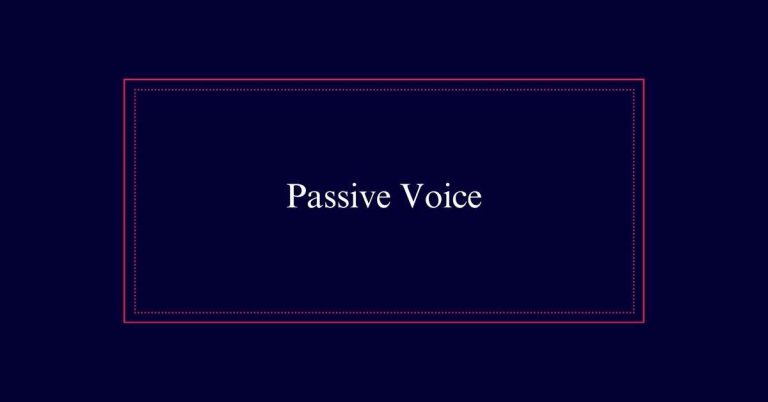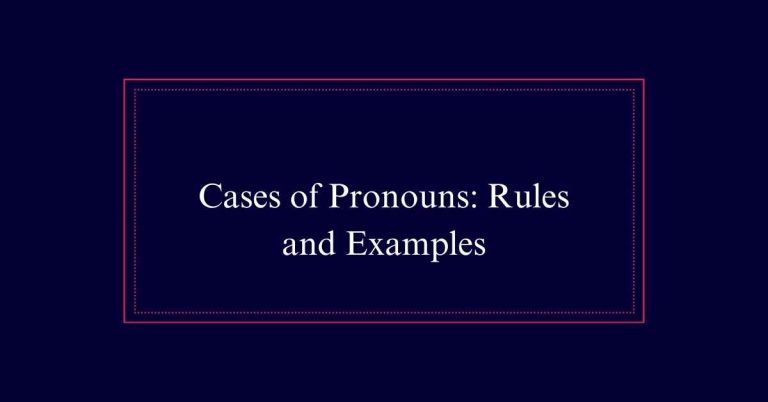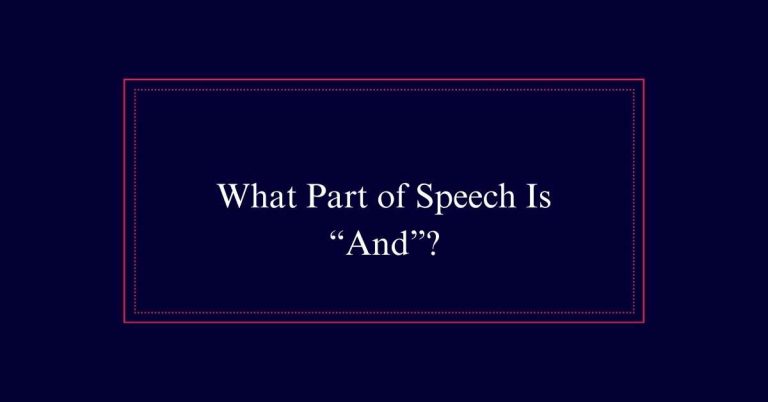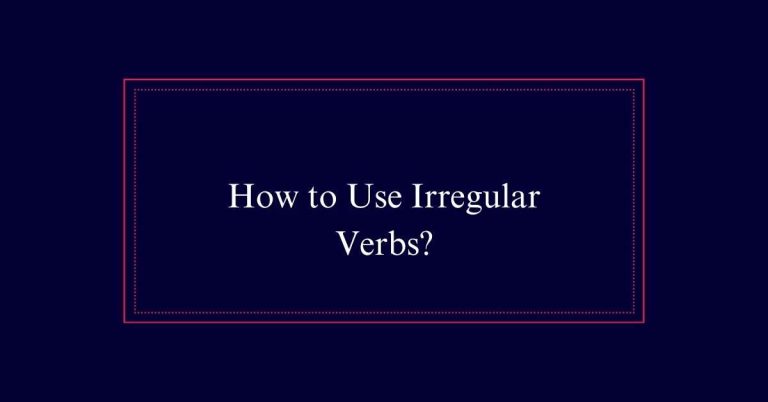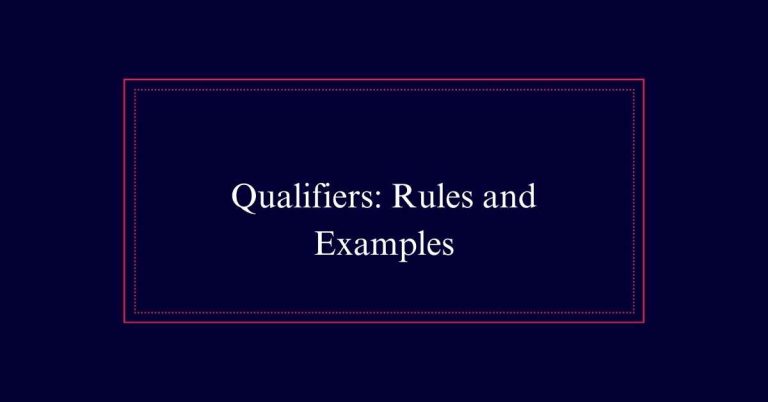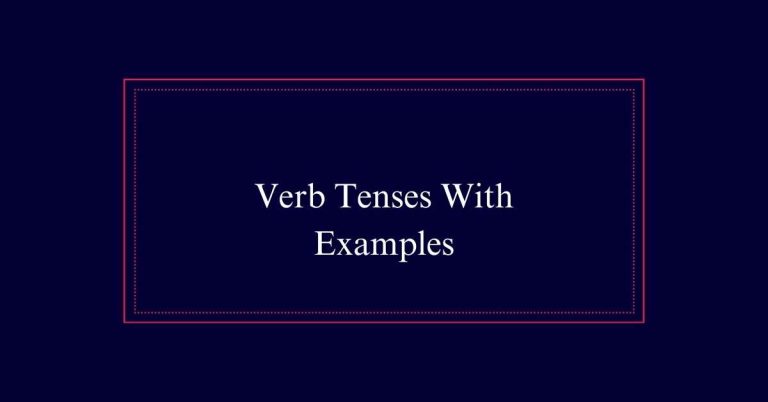What Is an Adjective Phrase?
An adjective phrase is a group of words that work together to describe a noun. It usually includes an adjective and can have adverbs, prepositions, or other modifiers. These phrases can be placed before or after the noun they describe, adding depth and detail to sentences.
By providing specific details, adjective phrases enhance clarity and enrich the text, making it more engaging and informative. For example, ‘the book on the shelf’ or ‘a very tall building.’
Definition of Adjective Phrases
Defining adjective phrases involves understanding how groups of words collectively describe a noun. An adjective phrase functions as an adjective, providing additional details about the noun it modifies. This phrase typically contains an adjective and can include adverbs, prepositions, or other modifiers.
For example, in the phrase ‘extremely tired,’ ‘extremely’ modifies ‘tired,’ creating a more detailed description. Adjective phrases can occur before or after the noun. For instance, ‘a bouquet of red roses’ and ‘roses that are red’ both use adjective phrases.
Identifying an adjective phrase requires finding the noun first and then locating the words that describe it. These phrases add depth to sentences by offering more precise and vivid details about the noun.
Importance of Phrases in Sentences
Phrases play an essential role in adding depth and clarity to sentences. They provide additional information, making the sentence more informative and engaging. Phrases can describe nouns, verbs, or adjectives, helping to paint a clearer picture for the reader. Without phrases, sentences might be too brief or vague, limiting their effectiveness in communication.
In particular, adjective phrases enrich sentences by offering more detailed descriptions. They help specify which noun is being discussed and in what context. For example, ‘the house on the corner’ is much clearer than just ‘the house.’
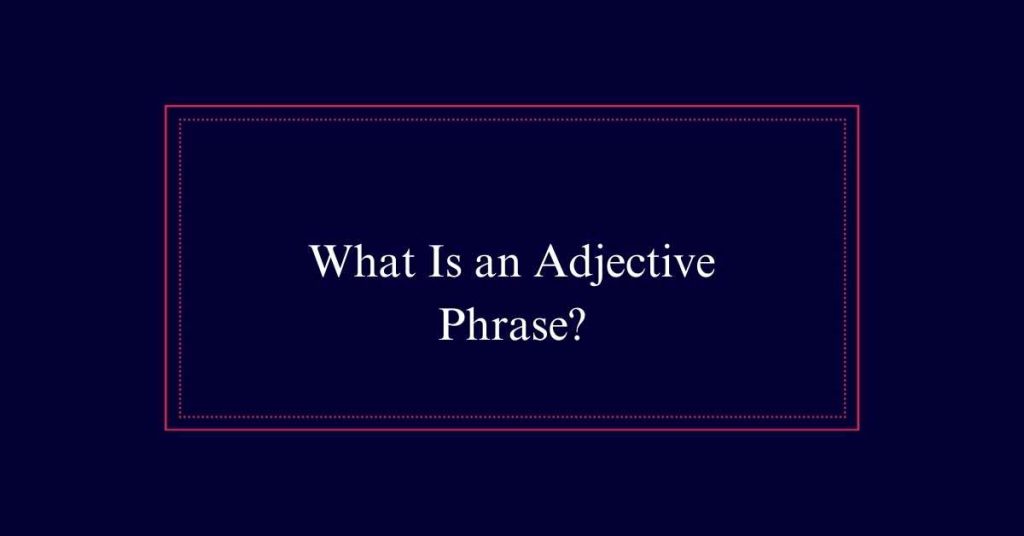
Role of Adjectives
Adjectives play an essential role in providing specific details about nouns, enhancing the clarity and richness of sentences. They allow writers to convey precise information, making descriptions more vivid and engaging.
For example, instead of saying ‘a car,’ one can say ‘a red, sleek car,’ which paints a clearer picture. Adjectives help in differentiating between similar nouns, specifying qualities like color, size, shape, and more. They also enable comparisons, such as in ‘taller buildings’ or ‘the most delicious cake.’
Moreover, adjectives can express subjective opinions, adding depth to personal narratives. To conclude, adjectives are vital tools in language, enriching communication by adding layers of meaning and detail to nouns.
Function of Adjective Phrases
While adjectives enrich sentences by providing specific details about nouns, adjective phrases further enhance this clarity by offering more complex and nuanced descriptions. They function to add depth to the noun they modify, often making the subject more vivid and precise.
Adjective phrases can include adverbs, prepositions, and other modifiers that work together to paint a clearer picture. For instance, in ‘the house with the red door,’ the phrase ‘with the red door’ provides additional detail about the house. These phrases can be removed without altering the core meaning, but their presence enriches the text.
Placement in Sentences
Adjective phrases can be positioned either before or after the noun they describe. When placed before the noun, they often provide immediate descriptive context. For example, “the brightly colored balloon” gives a vivid image straight away. When placed after the noun, adjective phrases can add detail in a more explanatory manner. Consider “a balloon of bright colors,” where the description follows the noun.
Here’s a table illustrating the different placements:
| Before the Noun | After the Noun | Example Sentence |
|---|---|---|
| The brightly colored balloon | A balloon of bright colors | The brightly colored balloon soared. |
| The well-written book | A book that is well-written | I enjoyed the well-written book. |
| The small, cozy room | A room that is small and cozy | She entered the small, cozy room. |
Identifying Adjective Phrases
To identify adjective phrases in a sentence, start by locating the noun they describe. Once you find the noun, look for groups of words that enhance or modify it.
Adjective phrases provide detailed descriptions and can be removed without altering the sentence’s core meaning. Follow these steps to spot adjective phrases:
- Find the noun: Identify the main noun in the sentence.
- Look for modifiers: Search for words or groups of words that describe the noun.
- Verify for removal: Confirm the phrase can be removed without changing the sentence’s fundamental meaning.
- Analyze structure: Adjective phrases typically consist of an adjective and additional descriptive words.
Examples of Adjective Phrases
Understanding how to identify adjective phrases is fundamental, so now we turn to specific examples to illustrate their use in sentences.
Consider the phrase ‘extremely talented musician.’ Here, ‘extremely talented’ is an adjective phrase describing the noun ‘musician.’
Another example is ‘a house with a red door.’ The phrase ‘with a red door’ modifies ‘house.’
In ‘a book full of intriguing stories,’ the phrase ‘full of intriguing stories’ adds detail to ‘book.’
Comparative and Superlative Forms
Comparative and superlative forms are essential in adjective phrases for expressing degrees of comparison. These forms help to compare two or more items, showing which has more or less of a certain quality.
- Comparative Form: Used to compare two items, typically ending in ‘-er’ (e.g., ‘bigger’).
- Superlative Form: Used to compare three or more items, often ending in ‘-est’ (e.g., ‘biggest’).
- More/Less: When adjectives don’t follow the ‘-er/-est’ pattern, ‘more’ or ‘less’ is used (e.g., ‘more beautiful’).
- Most/Least: For superlative comparisons with such adjectives, ‘most’ or ‘least’ is used (e.g., ‘most beautiful’).
Adjective Phrases Vs Clauses
Distinguishing between adjective phrases and adjective clauses is essential for mastering sentence structure. An adjective phrase is a group of words that describe a noun, without containing a subject and predicate. For example, ‘very tall’ in ‘the very tall building’ is an adjective phrase.
On the other hand, an adjective clause contains both a subject and a predicate and provides more detailed information about the noun. For instance, ‘which was built in 1900’ in ‘the building, which was built in 1900, is tall’ is an adjective clause.
Adjective clauses often begin with relative pronouns like ‘which,’ ‘that,’ or ‘who.’ Understanding these differences enhances clarity and precision in writing.
Common Questions
Many people have questions about how to correctly identify and use adjective phrases. Understanding these phrases enhances clarity and detail in writing. Here are four common questions:
What is an adjective phrase?
An adjective phrase is a group of words headed by an adjective that describes a noun.
How do you identify an adjective phrase?
Locate the noun first, then look for descriptive words or groups of words modifying it.
Can adjective phrases be removed?
Yes, they can be removed without changing the core meaning of the sentence.
Where can adjective phrases appear?
Adjective phrases can occur before or after the noun they describe.

